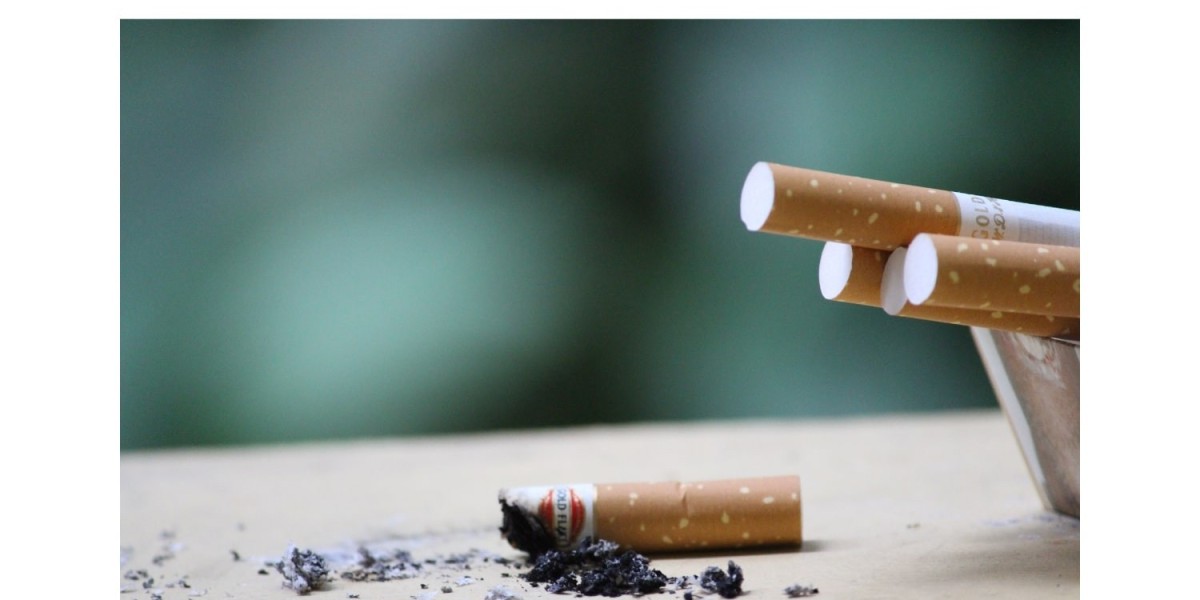A COD sensor, also known as a Chemical Oxygen Demand sensor, is an analytical device used to measure the concentration of organic compounds in water or wastewater samples. It provides valuable information about the overall organic pollution levels, helping to assess water quality and monitor the effectiveness of wastewater treatment processes. Let's explore in detail what a COD sensor is and how it works.
Chemical Oxygen Demand (COD) is a measure of the amount of oxygen required to chemically oxidize organic matter in a sample. It provides an estimate of the total organic content present in the water, including both biodegradable and non-biodegradable compounds. COD measurement is crucial in various industries, such as environmental monitoring, wastewater treatment, and industrial process control, as it helps to determine the pollution load and assess the efficiency of treatment processes.
A COD sensor typically consists of two main components: a reaction chamber and a detection system. The reaction chamber contains a sample of the water or wastewater being tested, along with a chemical reagent that reacts with the organic compounds present. The detection system measures the changes that occur during the reaction to determine the COD concentration.
The COD measurement process involves several steps. First, a representative sample of the water or wastewater is collected and transferred to the reaction chamber. The sample is then mixed with a known amount of a strong oxidizing agent, usually a mixture of potassium dichromate and sulfuric acid. This oxidizing agent reacts with the organic compounds in the sample, converting them into inorganic products and consuming oxygen in the process.
As the oxidation reaction proceeds, the oxygen concentration in the reaction chamber decreases. The COD sensor's detection system monitors the oxygen concentration changes and converts them into an electrical signal. The detection system typically utilizes various techniques, such as amperometry or colorimetry, to measure the oxygen concentration indirectly and determine the COD value.
In amperometric COD sensors, an electrode is placed in the reaction chamber. As the organic compounds are oxidized, they release electrons, which are detected by the electrode. The current generated by the electrode is proportional to the concentration of the organic compounds, providing a measure of the COD.
In colorimetric COD sensors, the oxidation reaction produces a colored compound. The intensity of the color is directly related to the concentration of organic compounds present. The sensor's detection system measures the color using a photodetector and converts it into a corresponding COD value.
COD sensors offer several advantages for water and wastewater analysis. They provide rapid results, allowing for real-time monitoring and process control. They are also highly sensitive and can detect low levels of organic pollution, enabling early detection of contamination events. Moreover, COD sensors are relatively easy to use and require minimal sample preparation, making them suitable for both laboratory and field applications.
In conclusion, a COD sensor is a valuable analytical device used to measure the concentration of organic compounds in water and wastewater samples. By assessing the Chemical Oxygen Demand, it provides insights into the overall organic pollution levels and aids in evaluating water quality and the efficiency of treatment processes. Through its reaction chamber and detection system, the COD sensor enables the quantification of organic matter by monitoring the changes in oxygen concentration during the oxidation reaction. With their speed, sensitivity, and ease of use, COD sensors play a crucial role in environmental monitoring, wastewater treatment, and industrial process control, contributing to the protection and preservation of our water resources.








